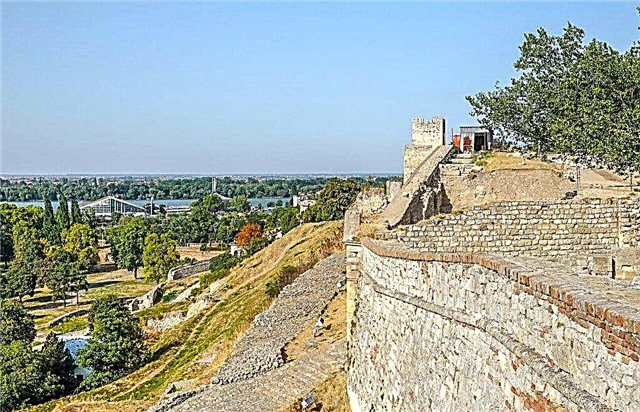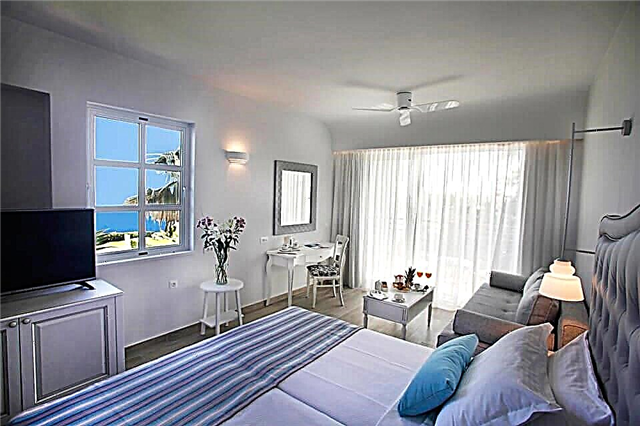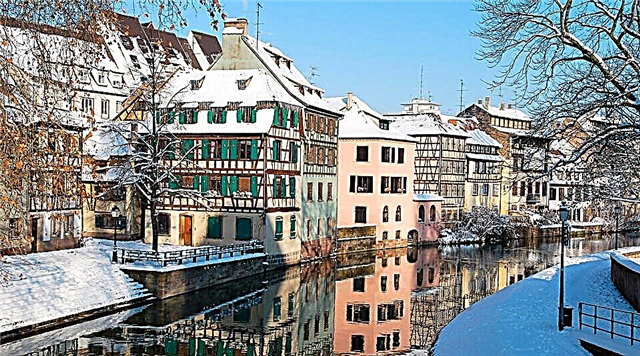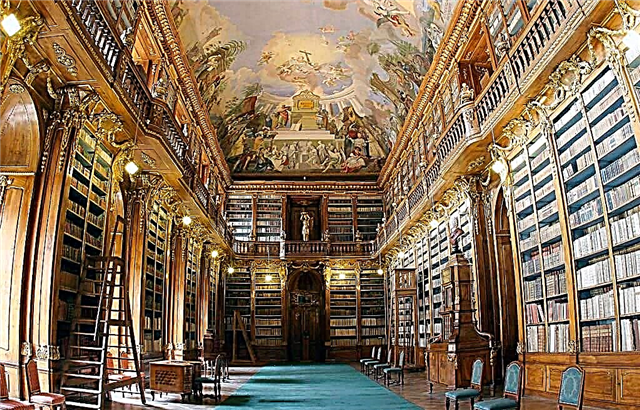The sovereign state of the Vatican, located inside the capital of Italy, is the seat of the highest spiritual leadership of the Catholic Church. The enclave was home to a wealthy and influential organization with real power in Christendom. The Vatican has a huge library of sacred significance. It is a repository of knowledge of Christian culture, where many books, manuscripts, documents and works of art are collected.
History
For centuries, pontiffs have collected books for their private libraries. The first mention of the papal book archives dates back to the 4th century AD. In 817, Pope Paschal I established the position of librarian of the Roman church. Catholic Europe of that period was plagued by inter-clan feudal strife, which did not allow the high priests to consistently replenish book collections. The residence of the pontiffs was moved from the Vatican to different cities. Due to moving, many valuable documents were lost without a trace. At the end of the 14th century, the papal throne returned to the Vatican.
The beginning of the 15th century was marked by the revival of the Vatican Library. Pontiff Nicholas V, after his election to the papal throne, decides to create a public library to attract pilgrims and scholars from all over the world. Books and manuscripts of Nicholas V become the first exhibits in the institution. These were Latin, Greek, Hebrew manuscripts, classical works of Arabic literature, philosophical and historical treatises.
After the death of Nicholas V, the idea of organizing a public archive was continued by the new Pope Sixtus IV. In 1475, he issues a decree according to which the opening of a library in the Vatican Palace was officially announced. At this time, separate rooms were allocated for books, manuscripts and a secret archive. Giovanni Tortelli is appointed as the library manager and prepares the first catalog of copies for public reading and study. The rooms where the unique books were kept were small, damp and dark. The library's status required improved storage conditions.

In 1587, Pope Sixtus V commissioned the architect Dominico Fontana to build a new building for the library. The walls and ceilings of the halls of the new building were painted by Renaissance masters. Large window openings illuminated the premises as much as possible. Wooden tables with benches were placed in the halls, on which a large number of books and manuscripts were laid out. Acquaintance with the documents was allowed only in the presence of a library employee.
The collection of books and manuscripts increased every year due to receipts from individuals and crowned heads. It is noteworthy that the library fund was also replenished with manuscripts stolen during numerous military campaigns in Europe. Pontiffs of different eras organized scientific expeditions to Eastern countries to acquire unique antique manuscripts.
During the Napoleonic invasion, the institution was plundered. Thousands of old books, manuscripts and archival documents were taken away. After the Congress of Vienna in 1815, France returned the stolen goods to the Vatican. At the end of the 19th century, on the initiative of Pope Leo XIII, the library was modernized. A spacious reading room and a laboratory for the restoration of antique manuscripts are being opened.
Description

The Apostolic Library is located in the Vatican Palace. The main entrance to the institution is located in the courtyard of the Belvedere, which consists of a rectangular architectural complex. The two-storey building, with a central three-storey annex in the form of a concave arch, is made in the architectural style of classicism. An oval colonnade crowns the roof of the library.
The premises of the Vatican Library are divided by themed huge halls and small rooms. On the ground floor there is a papyrus room and a manuscript warehouse. Six massive columns support the frescoed ceiling. The panels depict dancing angels holding bouquets of flowers. There are bookcases along the perimeter of the hall, on which there are golden cups with images of scenes from the Old Testament.
The hall, called Aldobrandini's Marriage, is decorated with antique artwork describing a wedding ceremony, presumably Alexander the Great, as well as scenes from Homer's Odyssey. The Alexander Hall is especially beautiful, where the walls are lined with large panels depicting scenes of the capture and exile of Pope Pius VI during the Napoleonic occupation.
Equally impressive are the halls of Paul and Praise, the Sistine Salon, the Pius V Chapel and the Urban VIII Gallery. They contain paintings depicting ancient libraries, obelisks, lighting scenes from cathedrals and Roman monuments, as well as exhibits of linen tunics, household items made of ivory, glass and metal, and astronomical instruments.
The oldest books in the library are real masterpieces. These are copies of the first printed Bible, illustrated manuscripts of the VIII-X centuries, priceless manuscripts, poetic texts of ancient authors (Homer, Virgil, Aristotle).
Mysteries

Secret rooms are located in the underground storage facilities of the library. The shelves of a large archive of secrets contain important historical documents from the Middle Ages to modern days. This is information about all states of the world, politicians, crowned heads and presidents. There are many documents containing correspondence, interrogation protocols and correspondence between those in power and the Pope.
The secret archive contains unique specimens of the Alexandria Library. These are ancient Greek parchments containing the true history of the birth of Christianity in the world. There is an assumption that the library contains ancient documents indicating the location of the gold of the mysterious Inca empire, reliable facts about the presence of alien beings on Earth, as well as recipes for rejuvenation, healing and regeneration of the human body.
Vatican library today

According to official information, the Vatican Apostolic Library contains about 2 million printed publications, 160,000 manuscripts, 200,000 geographical maps and correspondences of pontiffs from different eras. Access to the materials of the Vatican Library is limited to ordinary citizens. When visiting an institution, you must have a high educational level, as well as have an evidentiary justification for the motive for studying the unique books and manuscripts of the archive. The Vatican Library is one of the most protected sites in the world. The courtyard of the institution building is under the supervision of the armed Swiss guard around the clock. The premises are equipped with modern automated security systems.
Where is it and how to get there
The library is located in the Vatican within the museum complex. Buses, trams, as well as the metro will help you get to the institution. Transport stops are located within walking distance from the library.











